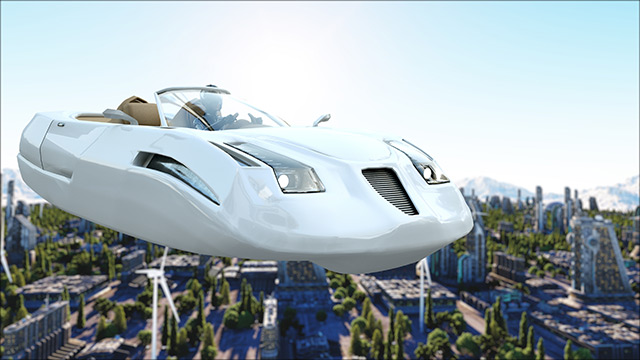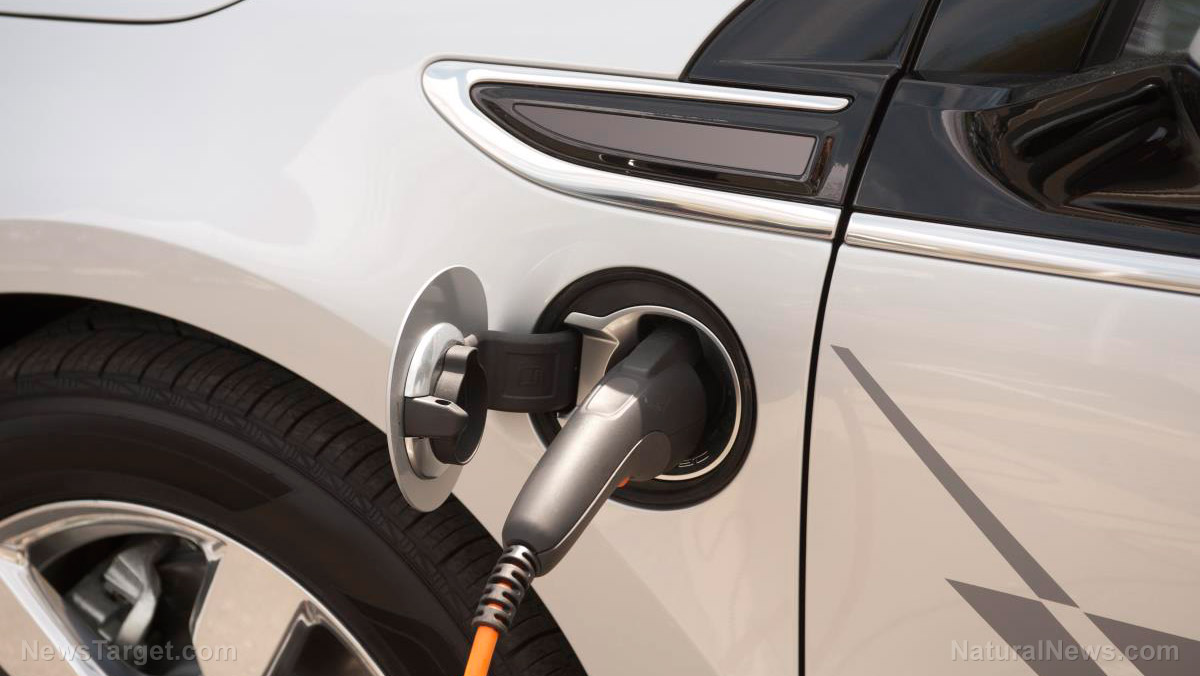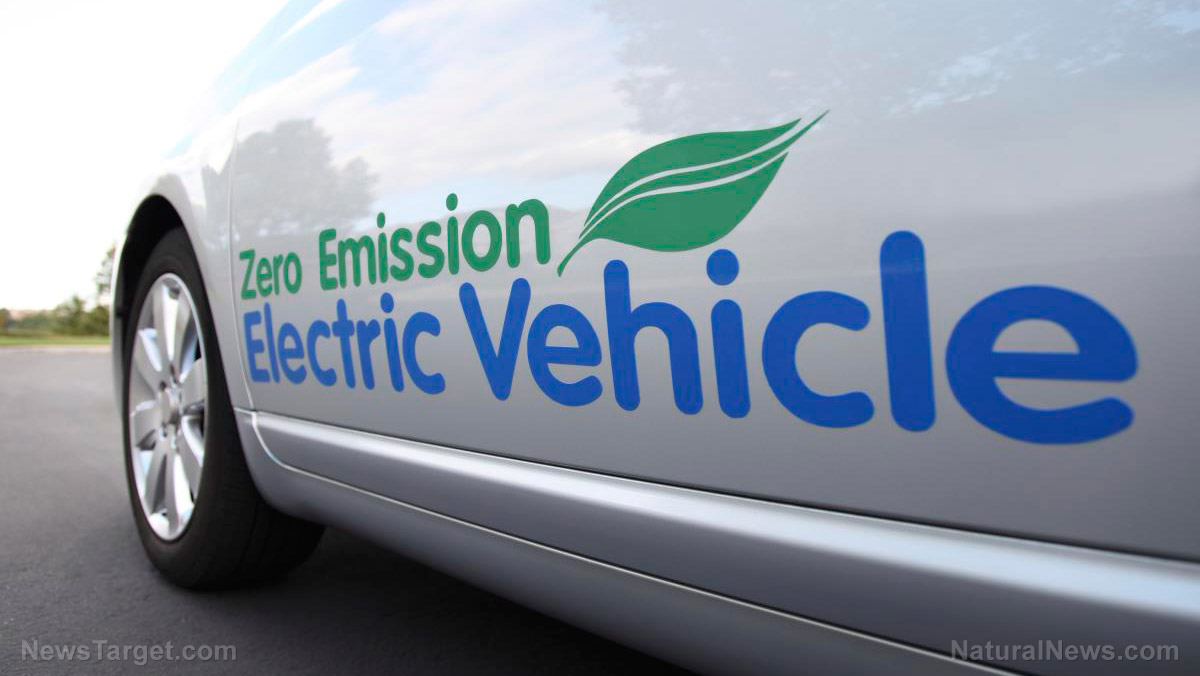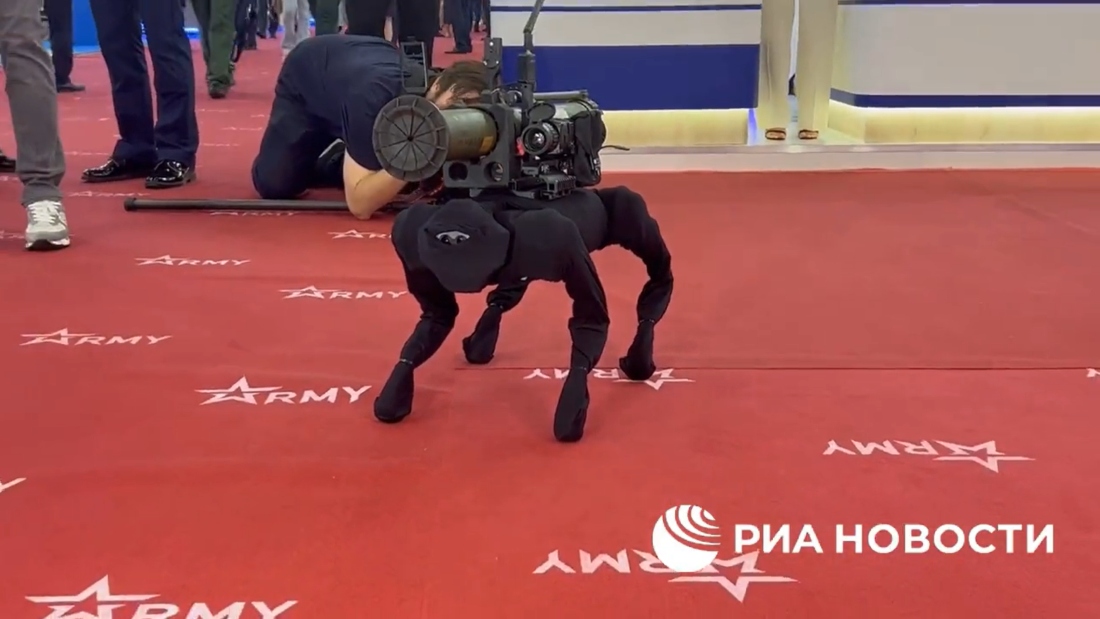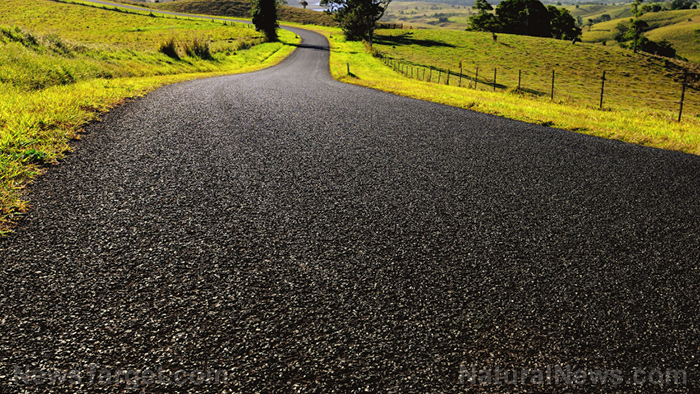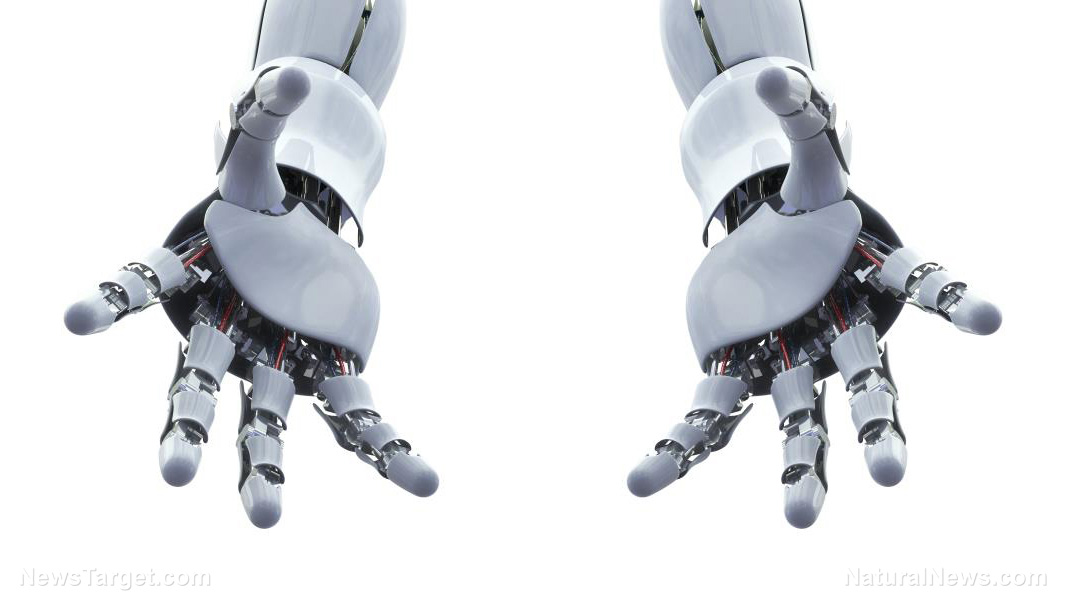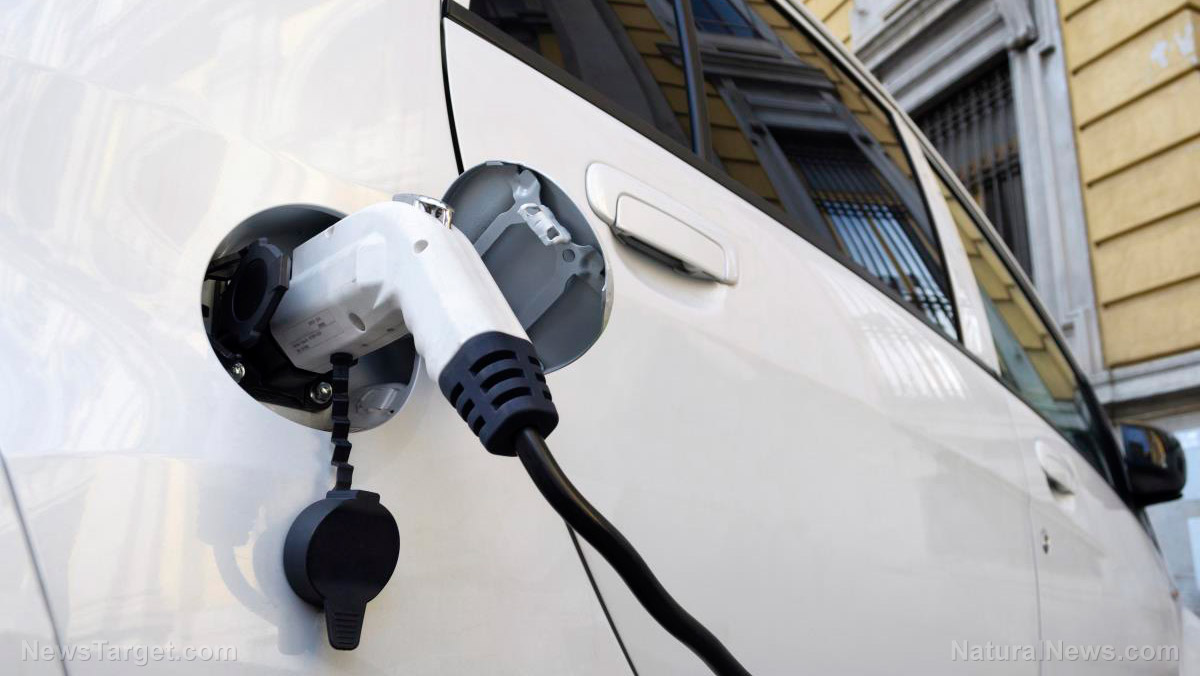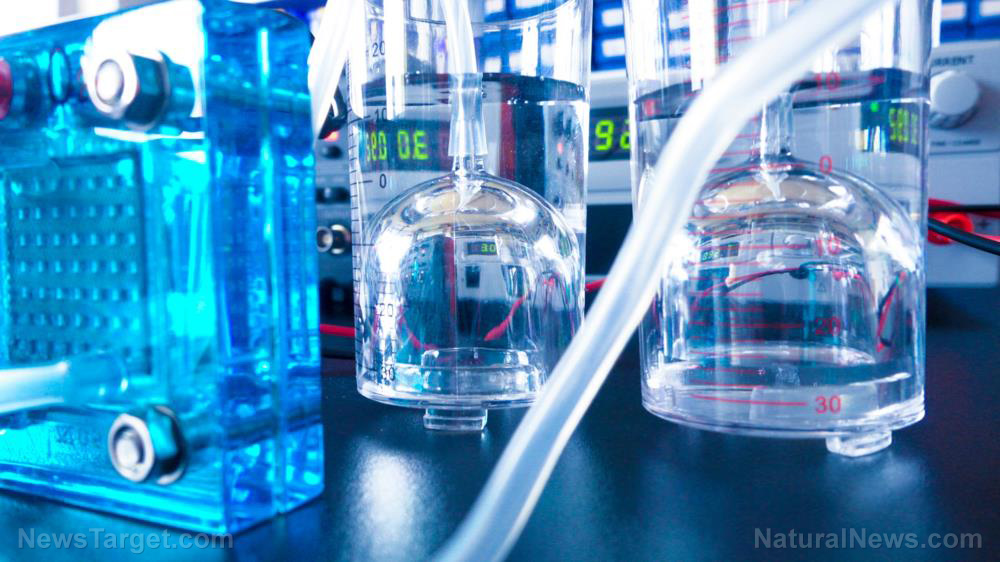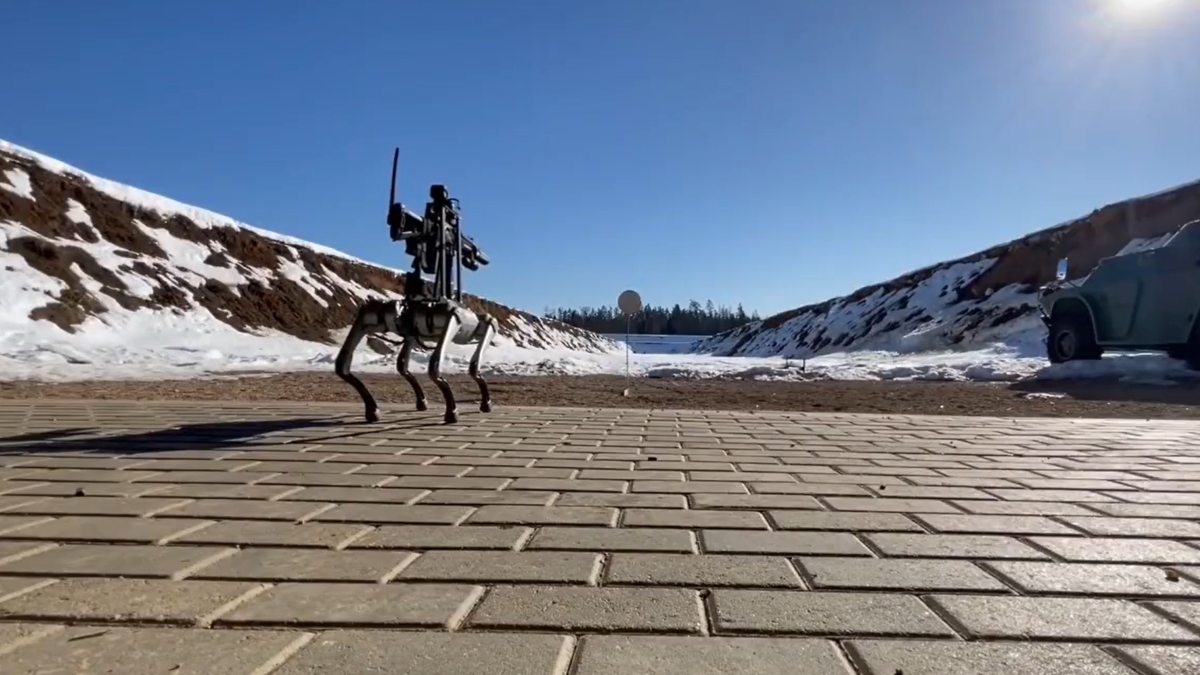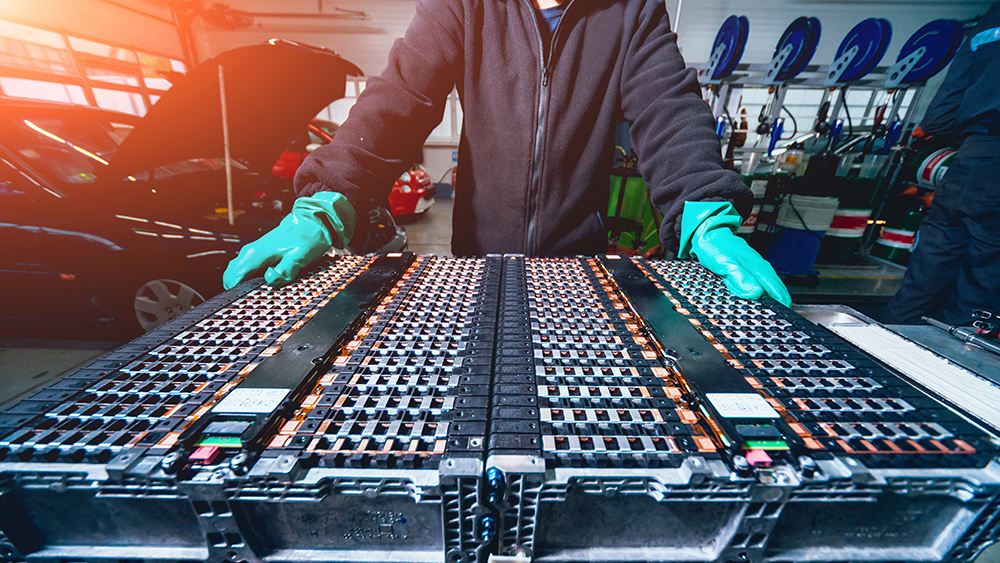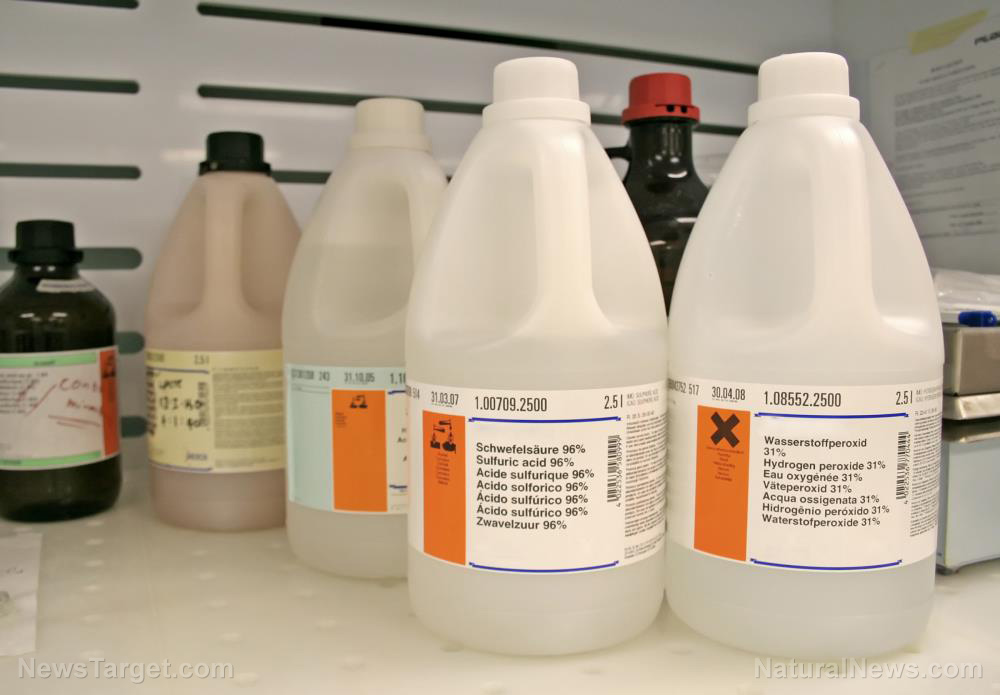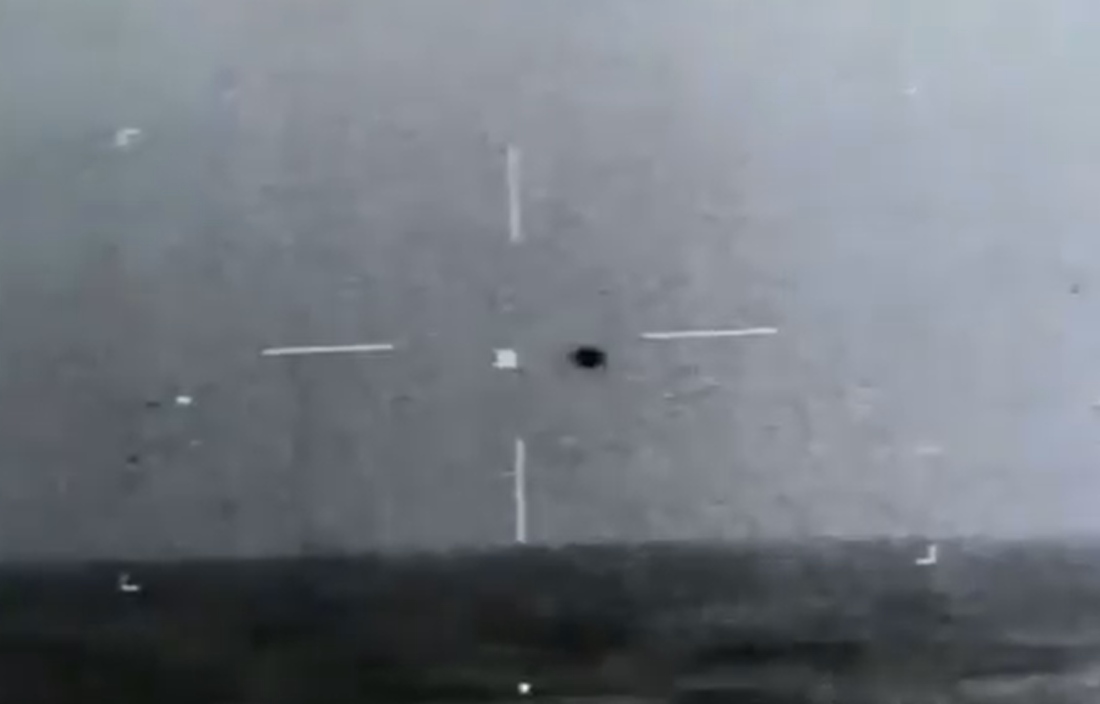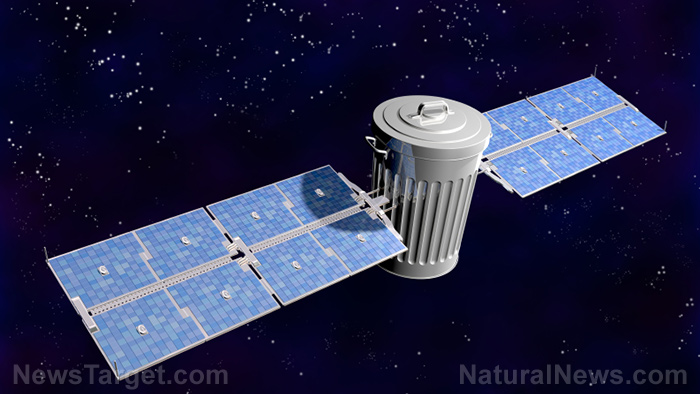New device will let ISS astronauts 3D print useful objects from their own plastic waste
12/10/2020 / By Michael Alexander
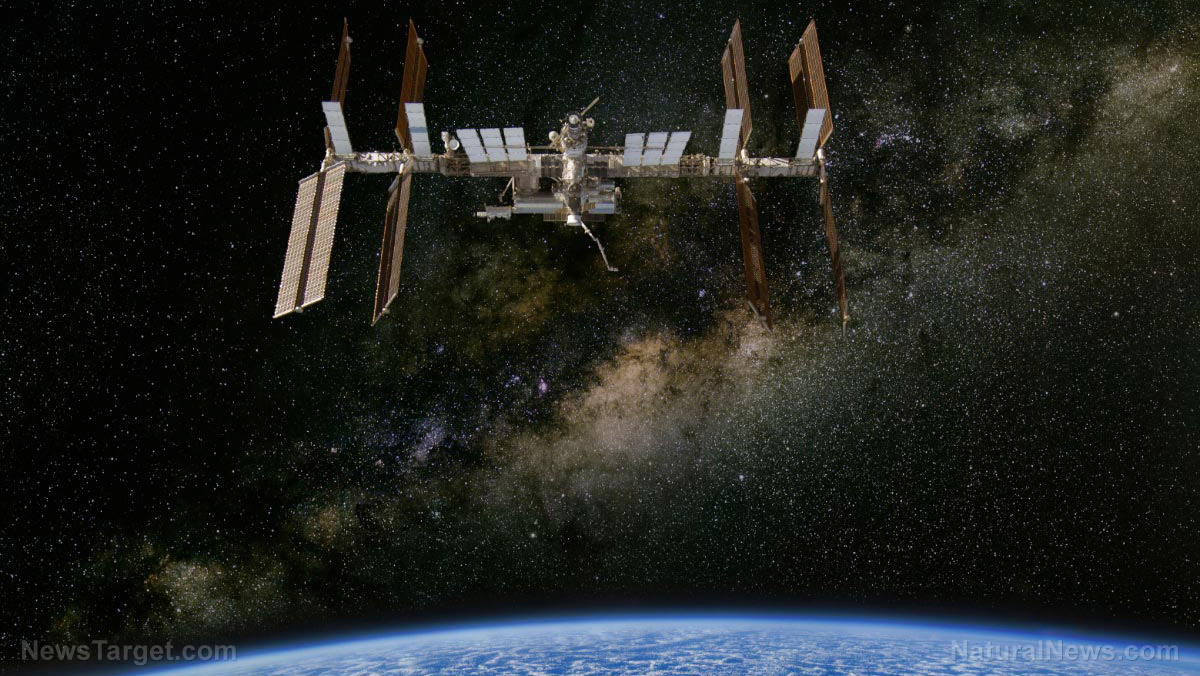
Astronauts aboard the International Space Station (ISS) will soon have a way to minimize their plastic waste — by using it as raw material for tools and cutlery. This will be done with the help of a custom three-dimensional or 3D printer.
Dubbed the “Recycler,” the machine is built by National Aeronautics and Space Administration (NASA) contractor Made In Space in partnership with Brazilian petrochemical company Braskem. It will be shipped to the ISS in order to help its occupants print tools such as cutlery and spanners and even spare parts such as cable hooks out of plastic waste.
According to the California-based robotic space manufacturing technologies creator, the Recycler — which will be brought aboard the ISS via Northrop Grumman’s robotic Cygnus cargo spacecraft — will provide the astronauts onboard the ISS the ability to minimize its production of plastic waste by converting the materials into feedstock which can then be reused by the Additive Manufacturing Facility (AMF). The latter is a commercial-grade printer first installed in the station in 2014. (Related: NASA and U.S. Space Force sign memorandum paving the way for ramped-up space efforts.)
It will also be a part of NASA’s In-Space Manufacturing Project, which focuses on the development of technologies and processes that will enable on-demand manufacturing capability which will be needed once teams start exploring the moon, Mars and other habitats far from Earth. Other programs involved in this project are NASA’s Multi-Material Fabrication Laboratory (FabLab), as well as its program on Multi-Material Fabrication with Printed Electronics.
“Recycler” breaks down plastic into “space cement”
As noted by its creators, the Recycler is capable of breaking down plastic waste products into a type of “space cement mixture,” which will then function as a 3D printing bio-ink. Any scrap material left over from a project, the laboratory said, can be continuously reused.
“The invention will improve the autonomy and sustainability of long-duration space missions, while also helping to reduce the cost and weight of payloads carried from Earth,” representatives from Made In Space said. They noted that as much as 30 percent of the parts on the ISS could be replaced by products that have been manufactured in a 3D printer.
NASA noted that Made In Space’s Recycler machine is part of a study in which they look into the types of materials that are best suited for recycling into 3D printing filaments without degrading in quality.
According to the space agency, this is important since using recycled material as printer feedstock could save future long-duration exploration missions from having to carry large amounts of material for 3D printing.
In addition, recycling plastic waste also allows the station’s astronauts to make use of materials that otherwise would have become nuisances or trash disposal issues during their missions.
Aside from the Recycler, Made In Space will also send other machines up to the station, such as the Archinaut, a spacecraft equipped with robotic arms and a 3D printer.
The Archinaut is designed to augment and repair existing satellites, as well as help in the construction of large structures — even while in orbit.
Aside from using 3D printing to facilitate sustainable space missions, NASA, through its In-Space Manufacturing Project, is also looking at the possibility of using the technology to facilitate long-term planetary surface missions, start off-Earth manufacturing and even start the creation of 3D-printed habitats.
For more stories on space exploration and other advancements regarding the cosmos, visit Space.news.
Sources include:
Submit a correction >>
Tagged Under:
3D printing, cool science, NASA, outer space, planetary exploration, planetary landing, research, robotics, Space, space exploration, space missions, Space Race, space travel, US Space Force
This article may contain statements that reflect the opinion of the author
RECENT NEWS & ARTICLES
COPYRIGHT © 2017 INVENTIONS NEWS

